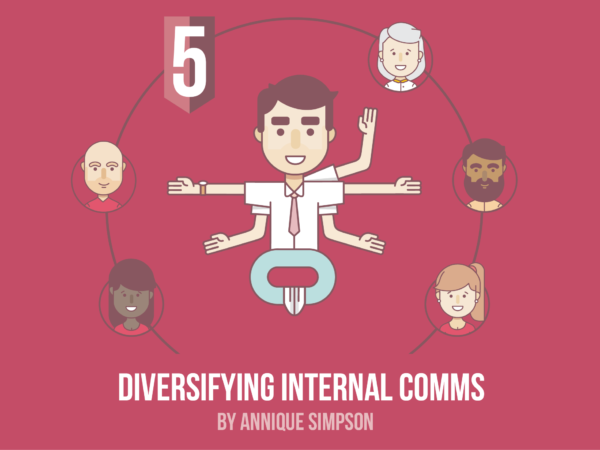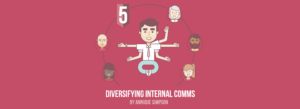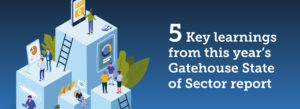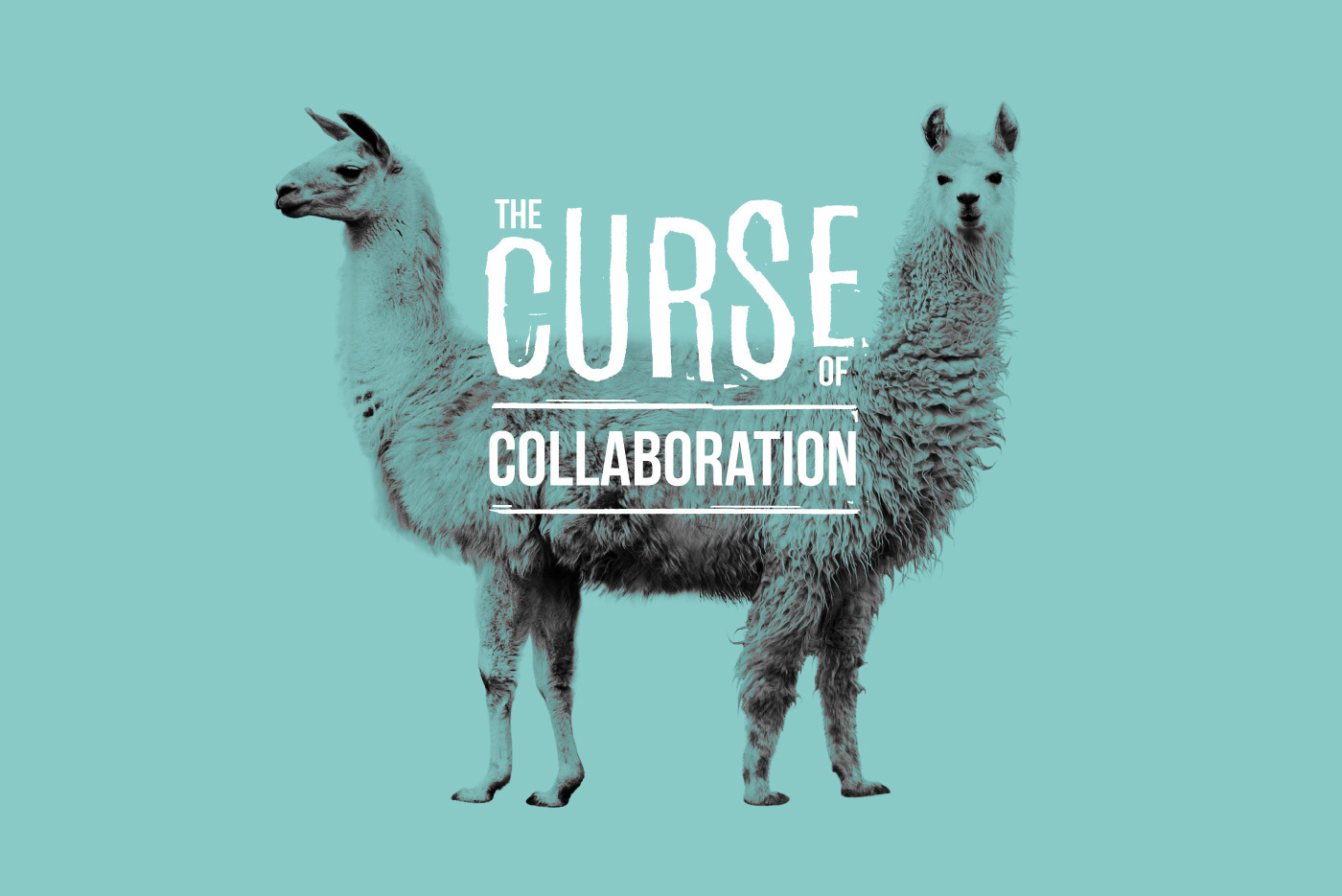
The modern workplace is defined by collaboration.
We’ve witnessed the decline of rigid silo-design in favour of more interconnected, open-plan spaces (of which Facebook currently claims to hold the current record, at 430,000 square feet).
We’ve seen the rise of enterprise social networking, with new additions to the employee’s social toolbox popping up all the time (again, looking at you, Facebook).
And our undying love of email continues to prop up its position as the go-to mode of communication, both inside the workplace and out. In fact, a recent study surprisingly found that email is still the most common internet activity – in spite of more modern innovations like social media and online shopping.
Collaboration has its benefits – greater innovation, more effective communication, and better problem-solving
In some ways, the growth in workplace collaboration has been very advantageous. It’s enabled businesses to traverse the rocky terrain of ever-shifting economic environments through greater innovation and ideation. It’s allowed for more effective communication channels, and made sharing information faster and easier. And, of course, it’s great for problem-solving too – after all, a problem shared is a problem halved.
But all this abundant collaboration comes with a hidden cost.
The cost of collaboration
Just take a brief moment to reflect on your working week so far. How many meetings have you attended? How many emails are sitting in your outbox? And how many times have you got caught in a spur-of-the-moment review with a colleague on how that pressing project is coming along?
We don’t need the help of a crystal ball to predict that the answer is likely, ‘rather a lot, actually’.
At face value, and taken in isolation, none of these small tasks seem very time-consuming. But when they start to add up – they have a much bigger impact on your schedule than you might realise.
Let’s say that hitherto, you’ve sat through six one-hour meetings, hit the send button on 85 emails each with a five-minute writing time, and had ten one-to-ones with colleagues spanning around ten minutes each. That’s 14 hours and 14 minutes of your precious working week consumed by these supposedly ‘finite’ distraction tasks. Not so finite anymore…!
Now think about how much genuine productivity you’ve lost during those 14 hours and 14 minutes. Those nagging projects you could have gotten over the line. All the extra jobs you could have crossed off your to-do list. Concerned yet?
A distraction a day keeps productivity at bay
For all the obvious benefits of widespread collaboration, we think even the most zealous team player would find it difficult to deny that it’s given rise to some particularly irksome distractions.
Wave after wave of emails flooding your inbox, the meetings that inevitably overrun, the nagging urge to immediately check and review every notification that pops up on social – all have the potential to significantly dent our productivity.
Paradoxically, they give us more to do – but impede our ability to get it done.
In fact, Rob Cross and Peter Gray of the University of Virginia’s business school estimate that knowledge workers spend 70-85% of their time dealing with all the distractive demands on their workload. More specifically, 28% of that time is spent just reading and responding to email. That leaves only a meagre 15-30% window within which to buckle down and focus on the meaningful work that’ll yield results. As the data tells us – only a mere three hours of the average employee’s working day is spent being authentically productive.
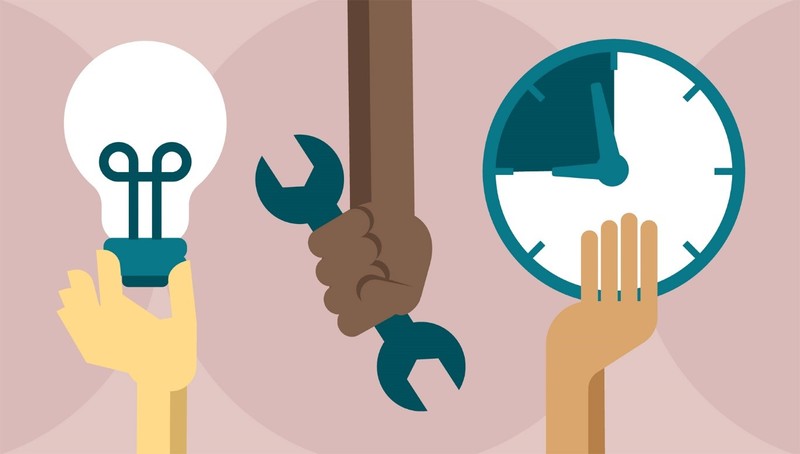
One thing’s clear – we need to redress this hugely lopsided balance.
That doesn’t mean scrapping collaboration altogether and bringing back the bygone era of silos and fax machines. It just means reconciling the benefits of collaboration with the imperative of valuable productivity.
So how can we make collaboration work, at work?
Ditch email for other communication methods
Unsurprisingly, email is a particularly heavy drain on our time in the workplace. The major problem is that it’s conducive to long-winded writing and cramming as much information in as possible. Avoid this at all costs. Instead, where appropriate, try conveying your messages over social – keeping them short, sweet, and to-the-point. Or, why not be old-fashioned, and visit your colleagues in-person?
Keep meetings as concise as possible
Another occasion where mastering the art of brevity is incredibly useful. We’ve all experienced the bother of sitting down for a 1-hour meeting only for it to be inadvertently dragged out for much longer. To increase productivity and prevent overspill – keep superfluous chit-chat to a minimum, stick to a prescribed agenda, and avoid unnecessary meetings (ie. don’t be tempted to enlist multiple people for a task that only really requires one).
Make time for independent focus
As helpful as collaboration can sometimes be, we all have our own individual to-do lists to contend with. So it’s a good idea to devote some time – one, maybe two hours a day – to switching off all the distractions (yes, even your phone) and affording your independent tasks your full, undivided attention. To aid your concentration, you could try relocating to a quiet, distraction-free area of the office. And to ensure it becomes a habit, schedule it into your daily timetable – and stick to it!
Increase your personal productivity
We’ve explored this in more depth in another blog, but there are several simple things you can do to take your personal productivity to new heights. Try tackling smaller tasks first to get them out of the way as quick wins, and in the same vein, devoting time to completing the least interesting tasks first can focus your creative juices for those that require deeper cognitive investment.
Avoid magpie syndrome
It’s easy to get excited by all the latest comms and collaboration gadgets and gizmos on the market. But don’t let that excitement obscure your better judgement. Only implementing a new mode of collaboration if you believe it’s going to be genuinely useful to your team. If not – why waste the time and effort that could have spent productively collaborating on an ultimately unhelpful piece of technology?
The curse of collaboration can be a killer for individual and organisational productivity. Of course, collaboration is a fundamental part of our organisations. We just need to make sure we do it right – so it’s genuinely valuable.
Ensuring that it leveraged in the name of productivity – not in place of it.
How do you enhance your productivity? Tweet us your tips and tricks!
Looking to get your employees invested in your organisation’s messages?
We create integrated internal comms campaigns that put your employees at the heart of the story – building engagement and commitment that lasts. Drop us a line today to find out what we can do for you!
Got a brilliant idea you simply can’t keep to yourself?
We’re always looking for fresh faces to help us further the IC conversation by writing guest articles for our blog. If you want to make your voice heard on internal comms, employee engagement, change management or leadership development, we’d love it if you got in touch!





